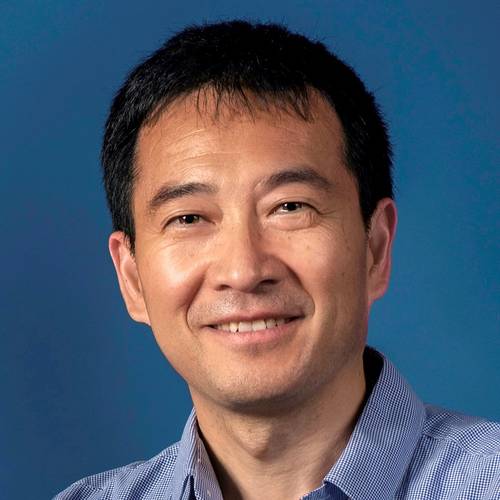About This Webinar
Recently developed mid-infrared photothermal (MIP) microscopy opens a new window to look at molecules inside a living cell. In MIP microscopy, a visible beam is used to probe the local change of refractive index induced by mid-infrared vibrational excitation of specific chemical bonds. Since their first demonstration of depth-resolved MIP imaging of living cells and organisms, published in Science Advances, 2016, Cheng’s team has advanced this pump-probe imaging technology in three modalities, namely scanning-based confocal MIP microscopy, camera-based wide-field MIP microscopy, and MIP tomography for high-speed volumetric bond-selective imaging.
Since its commercialization into a mIRage system in 2018, MIP microscopy has found very broad applications, spanning the analysis of functional materials, characterization of environmental microplastics, and structural detection of protein aggregation in neurological diseases. More recently, MIP microscopy in the silent window, in which endogenous molecules do not vibrate, has allowed click-free bond-selective imaging at detection sensitivity and spatial resolution similar to confocal fluorescence microscopy.
*** This presentation premiered during the
2023 BioPhotonics Conference. For more information on Photonics Media conferences and summits, visit
events.photonics.com.
About the presenter

Ji-Xin Cheng, Ph.D, attended the University of Science and Technology of China (USTC) from 1989 to 1994. From 1994 to 1998, he carried out his doctoral studies on bond-selective chemistry at USTC. As a graduate student, he worked as a research assistant at Paris-Sud University in France on vibrational spectroscopy and the Hong Kong University of Science and Technology (HKUST) on quantum dynamics theory. After postdoctoral training on ultrafast spectroscopy at HKUST, he joined Sunney Xie’s group at Harvard University as a postdoctoral researcher, where he spearheaded the development of CARS microscopy that allows high-speed vibrational imaging. Cheng joined Purdue University in 2003 as an assistant professor in the Weldon School of Biomedical Engineering and Department of Chemistry, he was promoted to associate professor in 2009 and full professor in 2013. He joined Boston University as the inaugural Theodore Moustakas Chair Professor in Photonics and Optoelectronics in 2017. Cheng is authored in over 300 peer-reviewed articles with an h-index of 92 according to Google Scholar.
Cheng and his team have constantly been at the forefront of chemical imaging innovation, discovery, and clinical translation. Chemical microscopes based on his innovations, including CARS, hyperspectral SRS, mid-infrared photothermal microscopes, are installed and used in many countries worldwide. His research has been supported by over $40 million funding from federal agencies including NIH, NSF, DoD, DoE and private foundations including Chan-Zuckerburg Initiative and Keck Foundation.
In 2014 he co-founded Vibronix Inc., which is devoted to vibration-based imaging technologies and medical device innovations. In 2019, he co-founded Pulsethera aiming to kill superbugs by photolysis of intrinsic chromophores. In addition, Cheng is the scientific advisor of Photothermal Spectroscopy Corp and Axorus. He is a fellow of Optica (Formerly OSA), a fellow of American Institute of Medicine and Biological Engineering, and associate editor of Science Advances. He initiated the inaugural Gordon Research Conference on Chemical Imaging, held in Easton, MA in August 2023. Among his honors, Cheng received the 2020 Pittsburgh Spectroscopy Award from the Spectroscopy Society of Pittsburgh, the 2019 Ellis R. Lippincott Award from Optica, Society for Applied Spectroscopy, Coblentz Society, the 2016 Research Award from Purdue University College of Engineering, and the 2015 Craver Award from Coblentz Society. He was chosen as the Boston University Innovator of Year 2022.